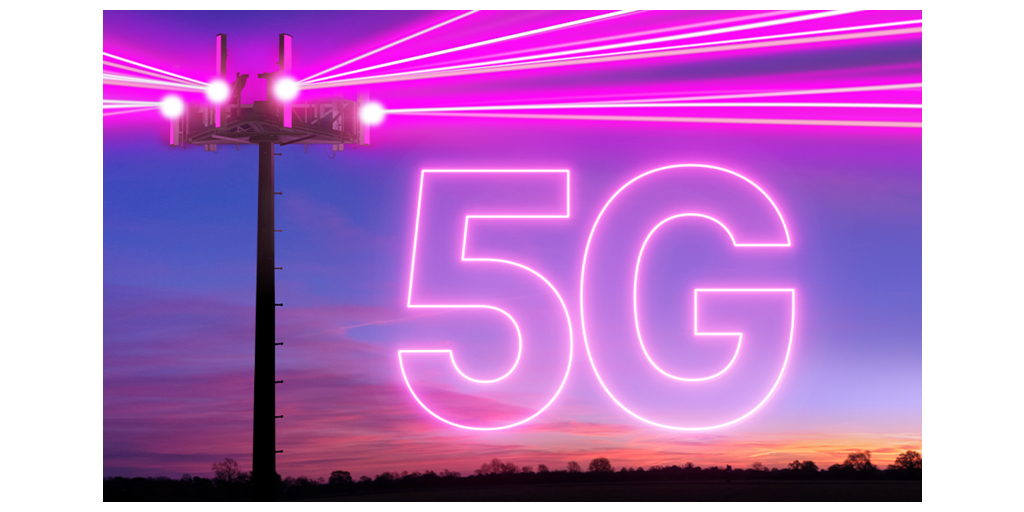After Sept. 11, a TV Technology Debate Becomes Moot
For years, writers and editors covering television technology have tried to corral the subject. What, we’ve asked and debated, exactly is TV technology and what is only peripheral to it?
Does the mere fact that a technology uses video cameras that produce motion images make it a candidate for coverage in a broadcasting-centric magazine such as TV Technology? Or should we focus more narrowly on the technologies that are directly associated with the business and goals of television broadcasting as we know it?
It’s a question that has engendered continuing debate at this and other publications for years. Forget turning to the dictionary for help in finding an answer. The word "television" is defined as broadcasting visual images of stationary or moving objects. The synonym – you guessed it – is "video." That’s as close to a formal definition of this technology as you’re going to get.
I bring up this subject because no matter how you defined television previously, your definition may very well have changed after the events of Sept. 11. Great tragedies have a way of shuffling the technology cards. I’d argue that before the World Trade Center saga has fully played out, we’ll all significantly widen our scope of what constitutes what we now define as "television."
In the hours following the attacks in New York and Washington, D.C., electronic images from nearly every kind of device became television. It didn’t matter whether the pictures began with a fuzzy security camera, satellite video telephone, home video camcorder or cheap digital pocket camera. If the images told a compelling story, they were seamlessly integrated into the mosaic of television coverage.
NEW MEDIA
Most of us didn’t watch television over the air. More got their TV news fix on cable, satellite and through streaming media on Internet outlets. The big media company brands were consistent, but the delivery methods weren’t. Set-top boxes, satellite receivers and PCs connected to broadband pipes have replaced rooftop antennas from Radio Shack.
The tired old term broadcast quality was again rendered irrelevant. We placed far more value on how quickly our images were delivered than on their clarity. Our demand for instant information challenged the inherent restrictions of the conventional tools of television broadcasting.
Crude, jerky pictures via a satellite video telephone from key locations were better than no pictures at all. CNN, a news organization that has portable videophones in most of its 30 foreign bureaus, successfully used the devices to report from Afghanistan. Other networks were quickly purchasing the phones for anticipated war coverage.
Battery-operated satellite phones, which are simple to use and cost about $20,000 each, allow low-resolution video to be transmitted from nearly anywhere without costly large-scale uplink equipment. After Sept. 11, they became TV technology.
New York still photographer Evan Fairbanks also got a swift kick onto national broadcast television on Sept. 11. Working on a small format DV video project for a local church near the World Trade Center at the time of attack, Fairbanks pointed his DV camcorder at the Trade Center just before the second aircraft struck.
His images of the plane’s approach, collision and resulting explosion were remarkable – among the most revealing shot that day. His video was quickly broadcast to millions of homes on ABC and a compelling sequence of still images from that video are being marketed by a photo agency to publications around the world. Before it’s all over, Fairbanks may have a million-dollar image.
Yet, the young photographer wasn’t totally pleased with his quick immersion into the world of video. He forgot to slide a switch to activate the on-camera microphone and thus had no sound of the explosion. "That will bother me for the rest of my life," he said, perhaps realizing the odds are that he will never again create images equal to those he made on the morning of Sept. 11.
A NEW WAY OF BEING THERE
Grounded airplanes in the days after the attack also signaled a boost in videoconferencing activity throughout the United States. Share prices of Polycom, Webex and Picturetel got a boost as businesses purchased conferencing systems costing from $5,000 to $15,000. If what’s now being billed as "teletechnology" takes off in the corporate world, it’s not a big leap to assume these new images will eventually find their way into the broadcast news milieu.
Dow Chemical is a company that saw a big surge in usage of its 120 videoconferencing systems after the World Trade Center explosion. "This is one of those catastrophic events that will change the standard operating procedure," Chris Duncan, Dow's global leader of e-communication technology, told the New York Times. "Your human nature is going to say, `Is there any other way I can do this without going on a plane?' And once people are forced into using these tools because there's no other way, I think the comfort level will go up."
Comfort level may well be the operative phrase in how fast non-broadcast video blends with broadcast television. When our every move is monitored by security cameras and our business is routinely conducted through videoconferencing systems, it’s natural that we won’t think twice when these same images become integrated with the programming we see on TV.
The professional video industry's #1 source for news, trends and product and tech information. Sign up below.
Frank Beacham is an independent writer based in New York.

